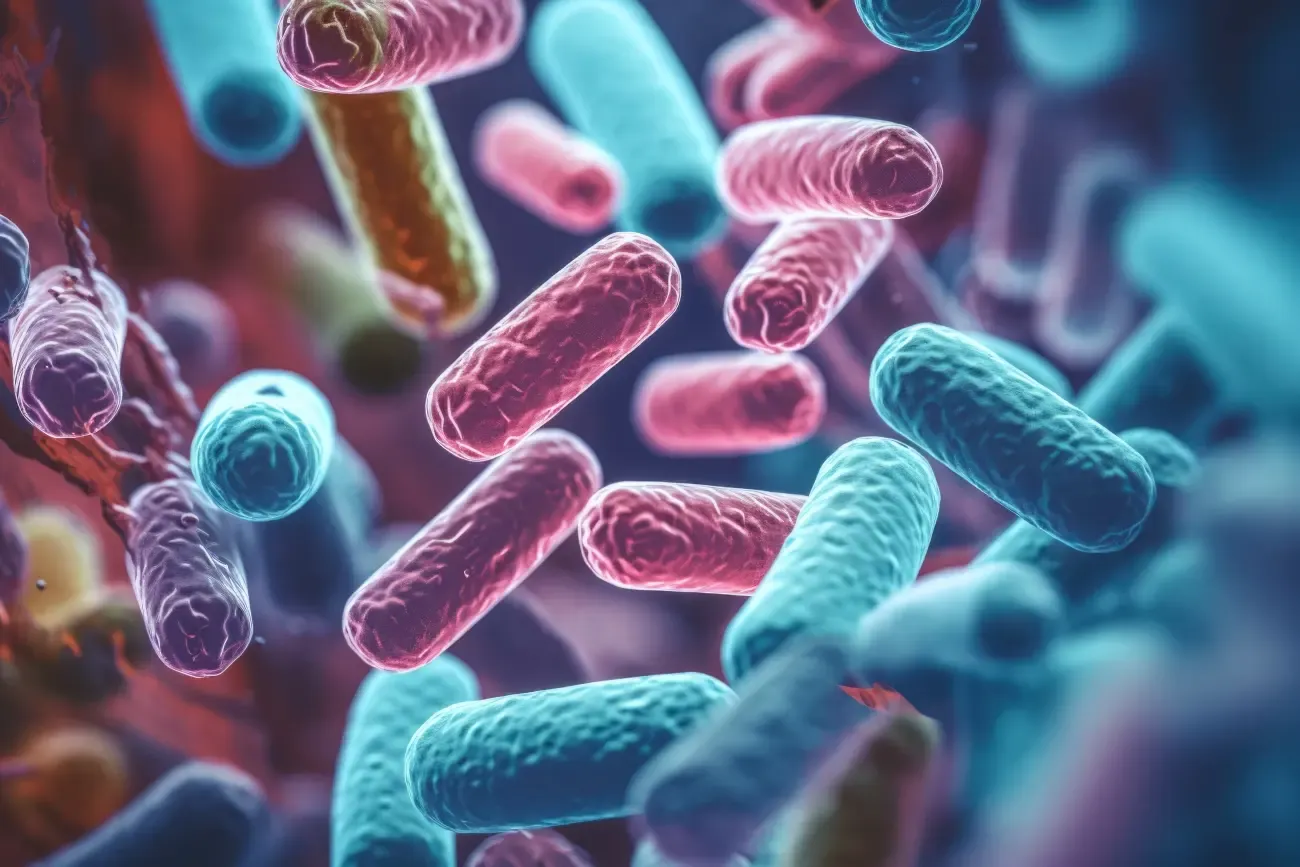In Maastricht UMC+, researchers at NUTRIM in collaboration with Research Engineering IDEE and Maastricht Instruments have developed a technique to measure the activity of gut bacteria by mapping the gases they produce. This method allows scientists to track over a longer period of time how gut bacteria react to different foods. In the future, this insight could help better prevent and treat diseases such as obesity, diabetes, cardiovascular disease and mental health problems.

Our gut bacteria play a crucial role in processing (fermenting) dietary fiber and protein that our bodies cannot absorb on their own. When these nutrients are broken down, gases are released through exhaled air or flatulence - gases that contain beneficial substances for our metabolism, immune system and brain. Until now, the activity of gut bacteria could only be studied from stool samples. With the new technology, it is now possible to directly and continuously measure the gut gases released during the fermentation of dietary fiber (such as methane and hydrogen) and protein (hydrogen sulfide) and link them to the food a person consumes.
Special fermentation chambers
The measurements take place in special research rooms at the Metabolic Research Unit Maastricht (MRUM) of Maastricht UMC+, called fermentation chambers. These chambers are sealed and supplied with fresh air, and they can extract used air. Existing sensors for measuring exhaled gases, which are used to monitor the participant's energy consumption, have been expanded with new sensors for measuring intestinal gases. This allows researchers to observe in real time how gut bacteria respond to a high-fiber meal. If the gut bacteria begin to ferment, the researcher can see this immediately on the screen. This allows them to study the fermentation of carbohydrates and proteins in the gut in detail.
Exploring the influence of fiber
The research team, led by Professor Ellen Blaak, continues to study the new technique and is currently focusing specifically on the influence of different types of fiber on gut bacteria. To do this, participants spend two separate 36-hour periods in the fermentation chambers. During one stay, they receive extra fiber with their meals; during the other, they do not. This allows the researchers to see if gut bacteria respond differently to high-fiber meals. The results will also be compared between individuals with type 2 diabetes and those with a healthy weight and normal blood sugar levels. Since the composition of gut bacteria varies from person to person, the researchers hope to eventually find insights for dietary interventions tailored to individual metabolism. The first results of this study are expected in May 2025.
This article was previously published on the Maastricht MUMC+ website.